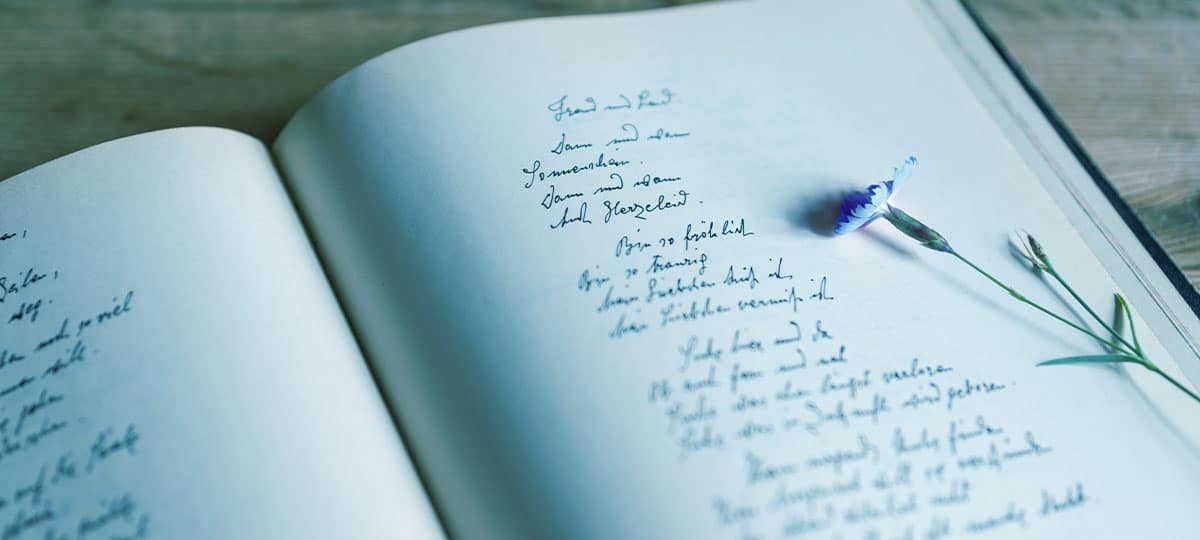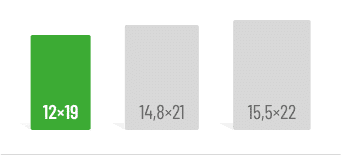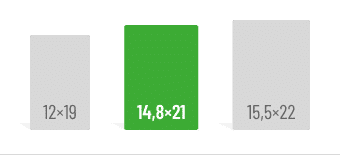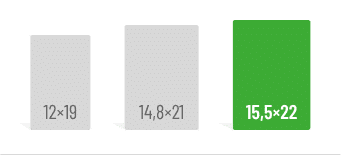First things first:
- Repeated reading: Read the poem a few times to get a full impression.
- Formal analysis: Examine meter, rhyme scheme, stanza form, and tonal means.
- Linguistic and stylistic means: Identify and interpret metaphors, symbols, alliteration, and other stylistic elements.
- Content analysis: Analyze the themes, motifs, speaker’s perspective, mood, and message of the poem.
- Conclusion and revision: At the end, there will be a summary of the most important findings and your personal reflection
Poem Analysis Step by Step: A Guide for Students
Poem analyses are an essential part of studying literature and can seem intimidating at first. However, with the right approach, analyzing poems can be enjoyable and might even shed new light on certain works. In this article, we’ll guide you step by step on how to tackle a poem analysis for university.
Read the poem several times
Before diving into the analysis, you should carefully read the poem several times. On your first read-through, focus on getting a general overview. During subsequent readings, you can pay closer attention to specific aspects that you might have missed the first time. Pay attention to:
- How does the poem affect you? What feelings or moods does it create?
- Are there any words or phrases that stand out or are unusual?
- How is the poem structured? Is there a recognizable rhyme scheme or meter?
Capture first impressions
Write down your first impressions and spontaneous thoughts about the poem. These can help you later to find an approach to the poem and to develop personal interpretations. Consider:
- What emotions are aroused when reading the poem?
- What visual impressions or thoughts come to mind?
- Are there any recurring ideas or motifs that stand out to you?
Begin your poem analysis, which should be written in the present tense, with an introduction that includes the following information: the title, the author, the year of publication, the type of poem, the poem’s theme, and your interpretive hypothesis.
In the main part, you analyze the content, form and language of the work and present your findings.
By the way: Don’t forget to format your work correctly!
Analyze title and context
The title of a poem can often provide important clues about its theme and content. Consider what the title might signify and how it relates to the poem’s content. Additionally, research the poem’s historical and biographical context:
- When was the poem written and in what historical period? What historical events could have influenced the poem?
- What personal or social events could have influenced the poem? Is there biographical information about the author that could be relevant?
Examine formal aspects
A detailed analysis of the formal aspects of a poem is crucial. Pay attention to:
- Meter and rhythm: Which meter is used (e.g. iambic, trochaeus)? Are there any deviations from the regular meter? How does metre influence the mood and flow of the poem?
- Rhyme scheme: Is there a regular rhyme scheme (e.g. cross rhyme, pair rhyme) or free verse? What effect does the rhyme scheme have on the poem?
- Stanza form: How are the verses structured? Is there a specific pattern or variations? How does the stanza form contribute to the overall structure of the poem?
- Sound and onomatopoeia: How do sound and rhythm influence the mood of the poem? Are there alliterations, assonances or other sonic devices that stand out?
Identifying linguistic means and stylistic devices
Poems are rich in linguistic and stylistic means that contribute to meaning and impact. Search and interpret the following means:
- Metaphors and comparisons: What figurative expressions are used, and what do they mean? How do they contribute to the overall meaning of the poem?
- Symbols: What symbols appear and what meaning do they have in the context of the poem? Are there recurring symbols that have a special meaning?
- Alliteration and assonance: What sound patterns are used, and how do they affect the atmosphere? Are there certain sounds that are particularly emphasized?
- Enjambements: Where do the lines not end with a sentence end and how does that affect the flow of reading? What effect do these line breaks have on the reader?
Content analysis and interpretation
Now it is time to analyze and interpret the content of the poem in more detail. Proceed stanza by verse, verse by verse, and consider:
- Themes and motifs: What are the central themes and motifs that run through the poem? Are there recurring ideas or concepts?
- Speaker and perspective: Who speaks in the poem? Is there a lyrical speaker or a special perspective? How does perspective influence the interpretation of the poem?
- Message and statement: What does the author want to express with the poem? Is there a clear message or does much remain open to interpretation? Which interpretation seems most conclusive to you?
- Mood and atmosphere: How does the mood change in the course of the poem? What linguistic means contribute to this mood?
Conclusion and personal reflection
At the end of your analysis, you should draw a conclusion and summarize your key findings. How do the different elements of the poem work together to create its overall meaning? Which formal, linguistic, and thematic aspects are particularly significant? Describe what you personally take away from the poem and how it affects you. What relevance does the poem hold for the present? What personal impressions and interpretations have you gained?
Quotes and References
Remember to include quotes from the poem in your analysis to support your arguments. Make sure to format the quotes correctly and explain how they reinforce your interpretation. Use quotes to back up specific points and strengthen your analysis. A poem analysis might initially seem complex and time-consuming, but with our guide and a bit of creativity, it’s absolutely doable! By carefully examining the various aspects of the poem, you can gain fascinating insights and craft a compelling analysis. Best of luck with your next literature project!
Let yourself be inspired: In our catalogue you will find over one hundred poetry analyses! GRIN Texts on Poetry Analysis
Want to keep reading?
Do you like our magazine? Then sign up for our GRIN newsletter now!









